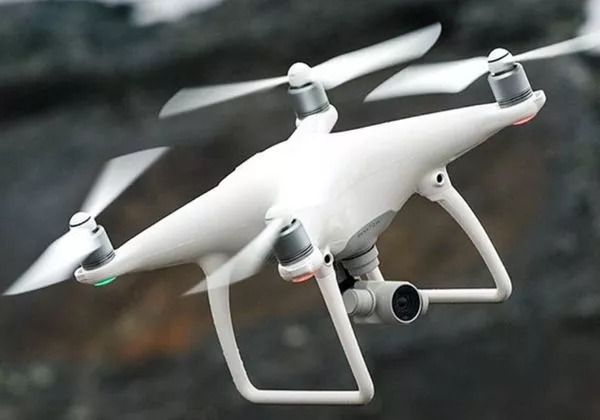Understanding No Fly Zones
Drone no fly zones can vary significantly depending on the country and local regulations. For instance, urban areas tend to have stricter restrictions due to higher concentrations of manned aircraft. The FAA in the United States provides a detailed map, which is constantly updated, that shows areas where drone flights are restricted. Similarly, other countries have their own regulatory bodies that enforce drone flying laws to maintain safety standards.
Why Are Drone No Fly Zones Necessary?
Drone no fly zone maps are essential tools to prevent drones from entering restricted areas and potentially causing dangerous situations. Without these maps, drone operators could inadvertently intrude into areas that are off-limits and essential for maintaining safety and security. The need for these zones arises not only from safety concerns but also privacy, as drones have the capability to capture detailed video and images. Hence, protecting sensitive locations from unauthorized aerial photography is critical.
How Are No Fly Zone Maps Created?
Creating a drone no fly zone map involves collaboration between government agencies, aviation authorities, and software developers. The initial step is identifying restricted zones, usually by examining existing airspace regulations and updating them based on new drone technologies. Subsequently, integrating this data into user-friendly digital maps allows drone operators to easily access this information through mobile apps or desktop interfaces. Developers must continuously update these maps to reflect changes in airspace regulations and to incorporate new data as it becomes available.
Drone no fly zone maps also account for temporary flight restrictions that may arise due to special events, natural disasters, or emergencies. These dynamic and timely updates are vital for drone operators who need to adjust their flight plans accordingly.
Benefits of Using Drone No Fly Zone Maps
Using detailed maps that mark no fly zones offers several advantages: it guarantees compliance with laws, enhances safety by preventing interference with manned aircraft, and often features zones of interest where drones can capture stunning visual content legally and safely. Such maps encourage responsible drone usage and contribute to the overall safety of the airspace.
Find Out More About Drone Regulations
Drone operators should always stay informed about local regulations to ensure their activities remain within legal limits. With the development and improvement of drone no fly zone maps, operators can easily access the information needed to plan their flights effectively.
FAQs
Q1: How accurate are drone no fly zone maps? A: These maps are highly accurate but rely on real-time updates. It is essential for users to ensure they have the latest version for information on restrictions.
Q2: Can drone no fly zones change? A: Yes, they can change based on new regulations, temporary restrictions, or adjustments in airspace designations. Keeping up-to-date with map updates is essential for compliance.
A: Yes, they can change based on new regulations, temporary restrictions, or adjustments in airspace designations. Keeping up-to-date with map updates is essential for compliance.
Q3: Are there apps that integrate these maps? A: Numerous drone apps do integrate no fly zone maps, offering users an easy way to track regulated areas quickly and efficiently.